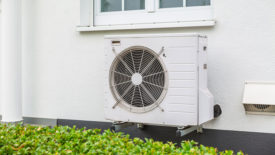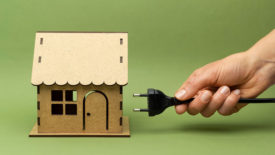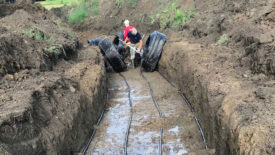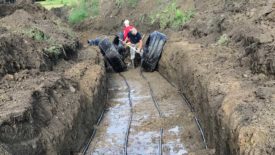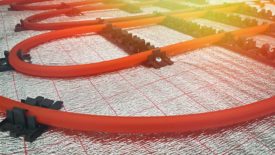John Siegenthaler
John Siegenthaler gives a technical view of solar thermal systems.
ARTICLES
Renewable Heating Design | John Siegenthaler
Biomass boiler protection.
Read More
Renewable Heating Design | John Siegenthaler
3-way diverter valves: Part 2
Real world valve applications.
May 30, 2024
Renewable Heating Design | John Siegenthaler
3-way diverter valves: Part 1
Digging into motorized 3-way diverter valves and actuator options.
May 1, 2024
Renewable Heating Design | John Siegenthaler
Modern hydronics technology can play well with future energy markets — Part 2
March 27, 2024
Renewable Heating Design | John Siegenthaler
Modern hydronics technology offers unique solutions
Solid thinking: Part 1
February 28, 2024
Renewable Heating Design | John Siegenthaler
The challenge of reviewing proposed system schematics
Where’s Waldo?
February 1, 2024
Renewable Heating Design | John Siegenthaler
Complementary fuel sources
Progression to renewably sourced energy should not be immediate, or exclusive to fossil fuels.
January 3, 2024
Renewable Heating Design | John Siegenthaler
Concepts for varying flow rate in geothermal earth loops — Part 2
Max COP Tracking
November 30, 2023
Renewable Heating Design | John Siegenthaler
Concepts for varying flow rate in geothermal earth loops
Max COP Tracking — Part 1
November 2, 2023
Renewable Heating Design | John Siegenthaler
Products that would be welcome additions to the North American hydronics market
Five propositions
September 29, 2023
Keep the info flowing with our eNewsletters!
Get the latest industry updates tailored your way.
JOIN TODAY!Copyright ©2024. All Rights Reserved BNP Media.
Design, CMS, Hosting & Web Development :: ePublishing



